Starting kindergarten is an exciting milestone for children and parents. Preparing for this transition involves ensuring your child has all the necessary school essentials to make their experience smooth and enjoyable. Packing a well-organised kindergarten bag with the right items helps children feel confident and allows them to adapt quickly to their new environment. This blog provides a detailed kindergarten items checklist to guide parents in packing everything their child needs.
Why Are School Essentials Important for Kindergarten?
Kindergarten is a time of exploration, learning, and socialising. Having the right kindergarten essentials packed ensures that your child is prepared for daily activities. Items like stationery, snacks, and spare clothes make it easier for children to focus on learning without interruptions. Proper preparation also teaches children responsibility and independence, skills that are crucial for their development.
Key Kindergarten Items Checklist
Here is a detailed list of kindergarten essentials to help parents get started:
- A Sturdy Kindergarten Bag
- Lunchbox and Water Bottle
- Lunchbox: Pack a sturdy, leak-proof lunchbox to hold nutritious meals or snacks. Choose one with separate compartments for different foods.
- Water Bottle: Select a spill-proof water bottle that is easy to open and close. Staying hydrated throughout the day is essential for your child’s health.
- Stationery Supplies
- Crayons or coloured pencils for creative activities.
- Pencils, an eraser, and a sharpener for writing and drawing.
- Child-safe scissors and glue sticks for craft projects.
- A small notebook or drawing pad for free expression.
- Spare Clothes
- Comfortable Shoes
- Art and Craft Supplies
- Hygiene Products
- Hand sanitiser or wet wipes to keep hands clean.
- A small pack of tissues for wiping spills or runny noses.
- A face mask, if required, for health and safety measures.
- Name Labels
- Comfort Item
- Library Bag
- Sleeping Mat or Blanket
- Seasonal Items
- A raincoat and a small umbrella for rainy days.
- A hat and sunscreen for outdoor activities during sunny weather.
- Place their lunchbox in the main compartment for easy access.
- Keep stationery in a pencil case or smaller compartment to avoid clutter.
- Store spare clothes in a separate plastic bag to prevent mixing with other items.
- Regularly Check the Bag: Review your child’s bag weekly to ensure it contains all necessary items and replace anything missing.
- Communicate with Teachers: Stay informed about specific requirements for activities or school events.
- Avoid Overpacking: Keep the bag light to prevent your child from feeling overwhelmed or strained.
A well-designed bag is the foundation of packing. Choose one that is lightweight, durable, and easy for your child to carry. It should have multiple compartments to keep items organised. Adjustable straps ensure that the bag fits comfortably on your child’s shoulders.
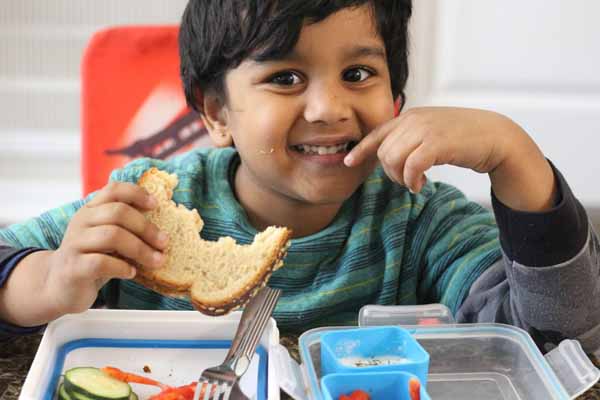
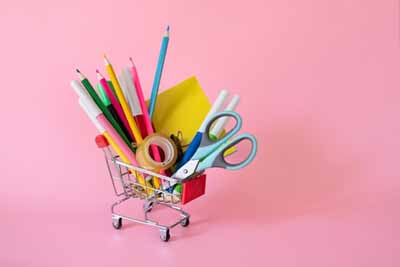
Additional Essentials for a Well-Packed Kindergarten Bag
Kindergartners can sometimes get messy, especially during art sessions or outdoor play. Packing a spare set of clothes, including underwear and socks, ensures they are comfortable throughout the day.
Send your child in comfortable, easy-to-wear shoes. Velcro straps are preferable as they are easier for young children to manage independently.
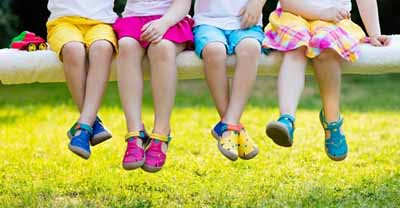
Teachers often ask for specific items like washable markers, child-safe glue, or aprons. Including these in your child’s bag prepares them for creative activities.
Personalised Items to Add to the Checklist
Labelling your child’s belongings, including their bag, lunchbox, and stationery, helps prevent them from getting lost. Children can easily identify their items among others, saving time and effort for both teachers and parents.
Starting kindergarten can be overwhelming. Packing a small comfort item, like a soft toy or blanket, can provide emotional support and help your child feel at ease.
Preparing for Special Kindergarten Activities
Many kindergartens encourage children to borrow books. A small, lightweight library bag protects books from damage.
If your child’s kindergarten includes nap time, ensure you pack a comfortable sleeping mat or blanket. Lightweight and easy-to-carry options are best.
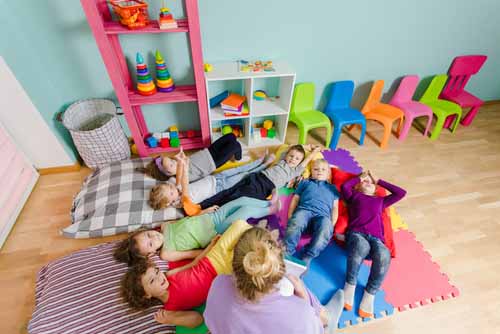
Depending on the weather, consider adding:
Teaching Children to Organise Their Kindergarten Things
Teaching your child how to pack and unpack their bag is an important step in fostering independence. Show them where each item belongs and explain its purpose. For example:
Making Packing Fun for Children
To get children involved in preparing their kindergarten bag, turn packing into a fun activity. Let them choose their lunchbox or the colour of their water bottle. Giving them this responsibility makes them feel grown-up and excited about school.
Practical Tips for Parents
Conclusion
Packing a well-thought-out kindergarten bag with essential items helps children transition smoothly into school life. The right mix of supplies ensures they are comfortable, prepared, and ready to embrace learning and play. From spare clothes to art supplies, every item plays a role in supporting their growth and confidence.
At Mothers Pet Kindergarten (MPK), we understand how important it is for children to start their educational journey on the right note. MPK guides parents in preparing their children for kindergarten by sharing helpful resources and creating a nurturing environment where children thrive. With MPK, you can be assured that your child is ready to take on new challenges and enjoy a memorable learning experience.
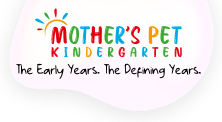
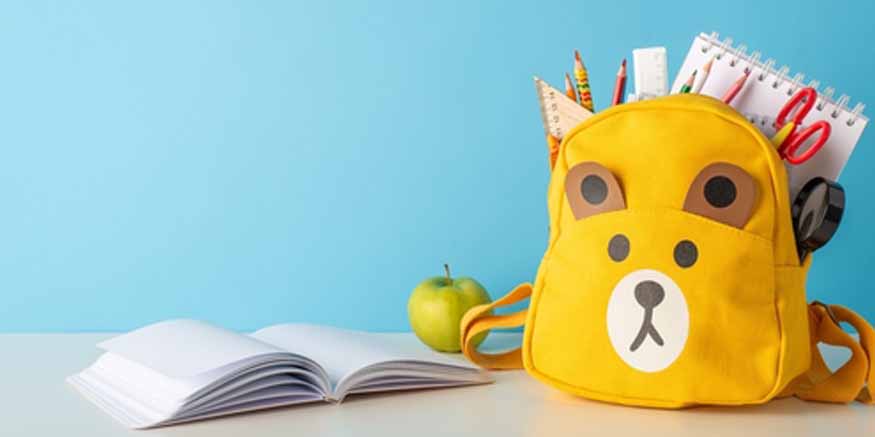

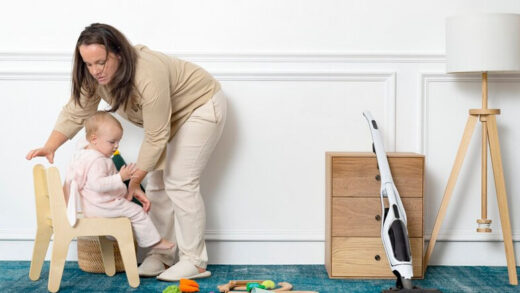
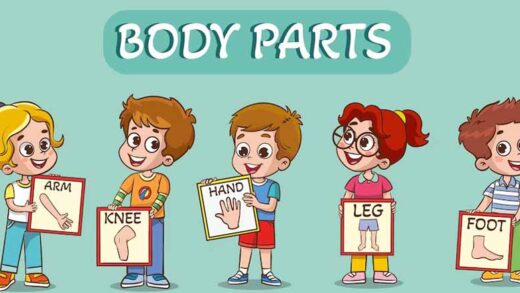


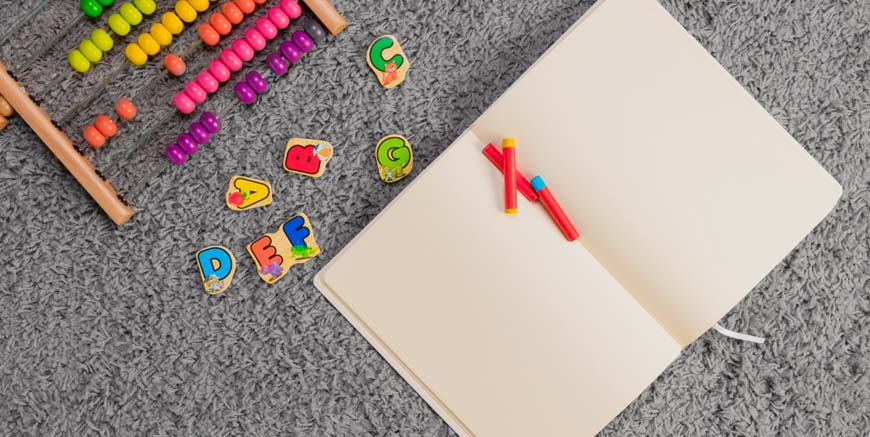
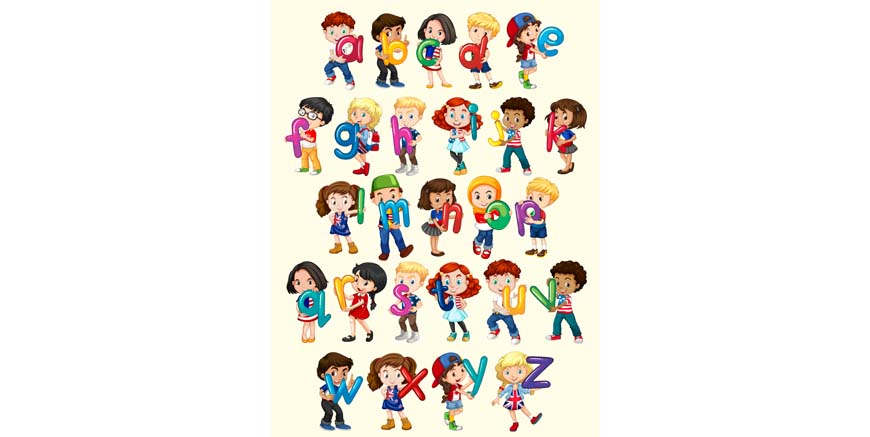
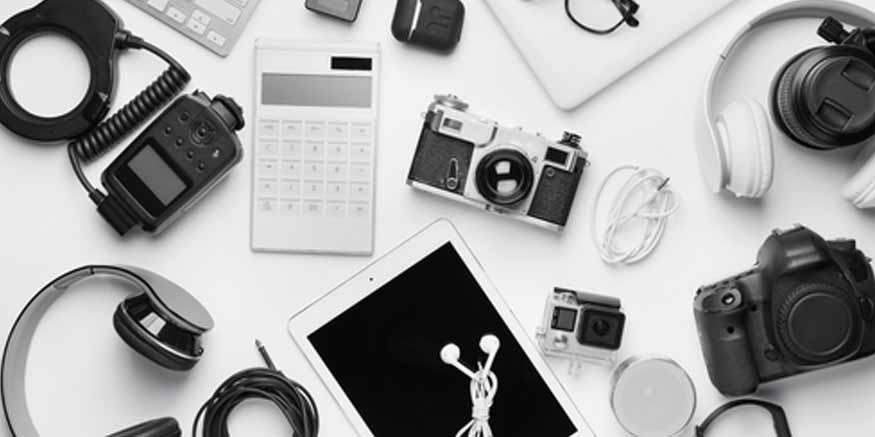
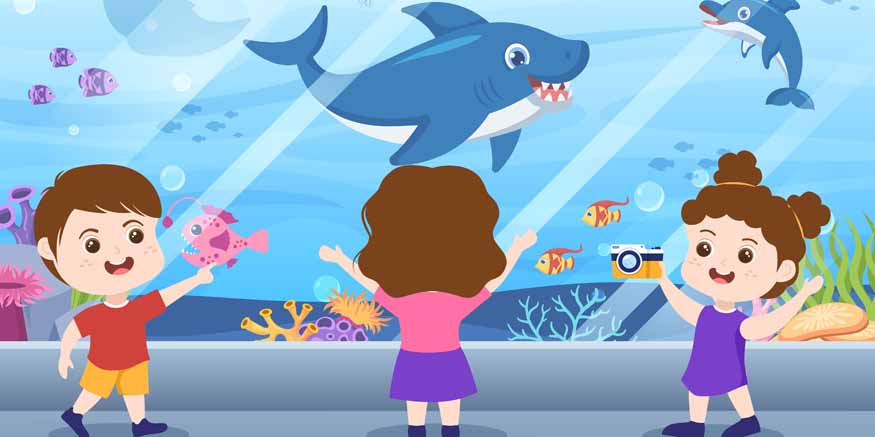
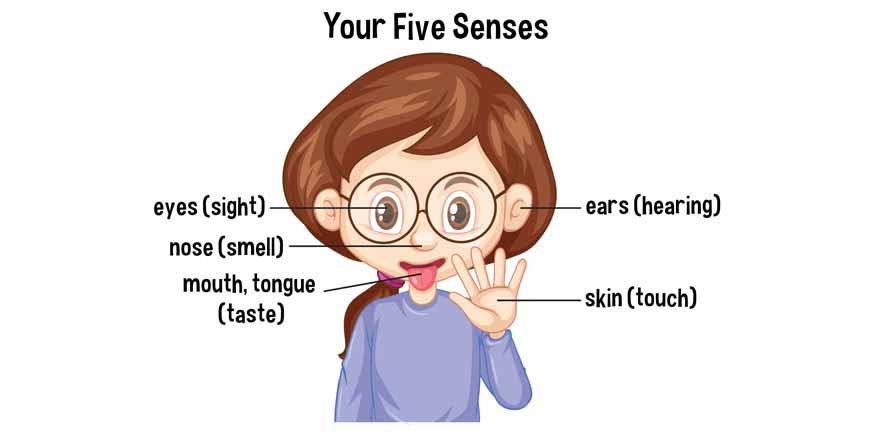
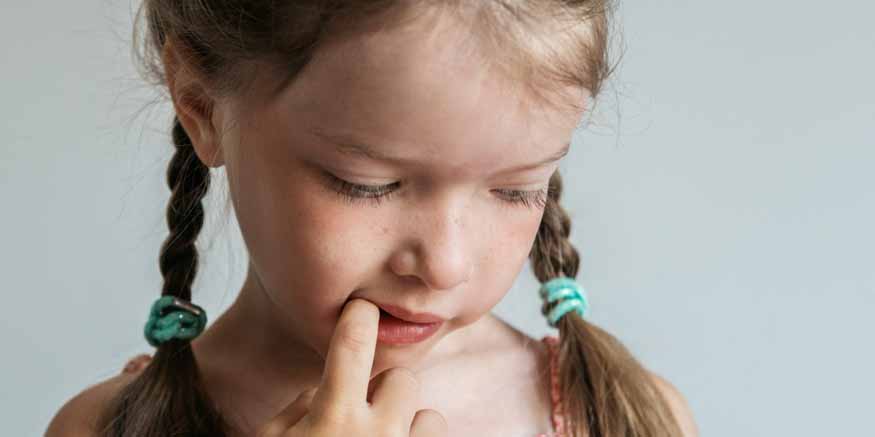
Recent Comments